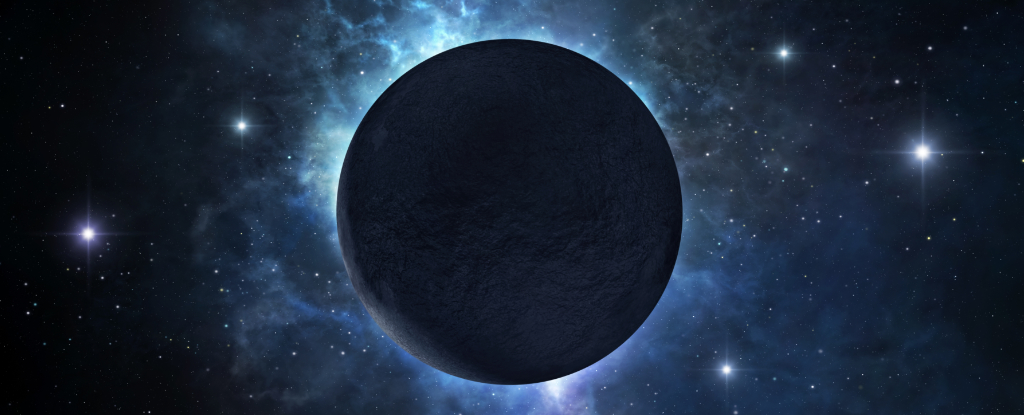Exploring the Size of Humanity: A Thought Experiment on Compression

What if every person on Earth were compressed into a single, solid sphere? This provocative question, which feels more suited to the realm of science fiction than reality, has recently been delved into by a mathematician on Reddit. Through this unusual thought experiment, he provides an estimate of the actual size such a mass would occupy, and the results are surprisingly modest, challenging our perceptions of the sheer scale of humanity.
Compressing Billions Into a Single Sphere
The mathematician started with a few basic assumptions to guide his calculations: the average human body mass is around 62 kilograms, while the density of the human body is close to 985 kilograms per cubic meter. Using these figures, he concluded that approximately sixteen people could fit into one cubic meter if they were tightly compacted. Given the world’s current population, which stands at around 8.2 billion people, this translates to roughly 516 million cubic meters of human mass.
With these calculations in hand, he determined that if all of humanity were compressed into a single solid sphere, the resulting diameter would be just under one kilometer. To put this into perspective, he noted that this sphere would be comparable in height to three Eiffel Towers stacked vertically. Visually, this immense ball of humanity could easily fit within Central Park in Manhattan, an area covering about 3.41 square kilometers.
Population Growth and the Sphere’s Changing Size
Intrigued by the implications of population growth on the size of this sphere, the mathematician examined the current global population increase rate, which is approximately 1.05 percent per year. He estimated that, at this rate, the sphere's radius would grow by about 1.74 meters annually. He explained, “The radius is proportional to the cube root of the volume, so it is multiplied by approximately 1.0035.” This means that while the sphere would expand over time, the rate of growth remains relatively modest. This insight not only emphasizes the vast number of people but also highlights the density and compactness when visualized as a single, tangible object.
A History of Visualizing Humanity’s Mass
The concept of visualizing humanity in physical terms is not a novel one. For instance, back in 2014, Michael Stevens, a YouTube creator renowned for his educational channel Vsauce, shared an intriguing image that depicted all 7.2 billion people at that time packed into the Grand Canyon. This striking graphic illustrated that even a monumental geological feature like the canyon would only be partially filled by the compression of the entire global population.
Such visual representations serve to provide unique perspectives, effectively bridging the gap between abstract population statistics and their physical scale. They allow us to grasp and appreciate the magnitude of humanity in ways that mere numbers cannot convey.
Brice, a journalist with a strong interest in science, particularly in the fields of space and paleontology, has been contributing to Sciencepost for nearly a decade. He shared this exploration with the public, inviting readers to reconsider the scale of human existence through this fascinating and unexpected lens.




























